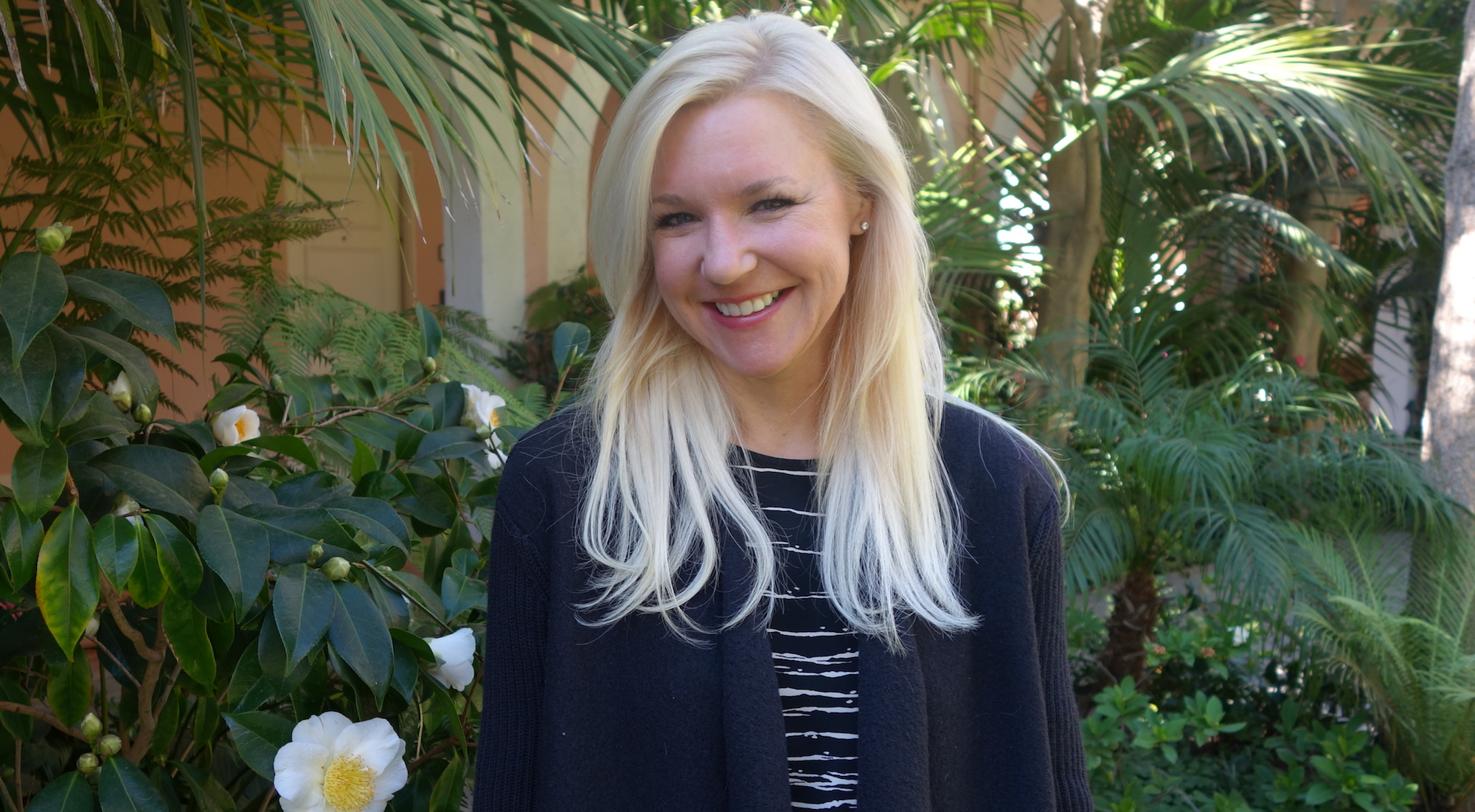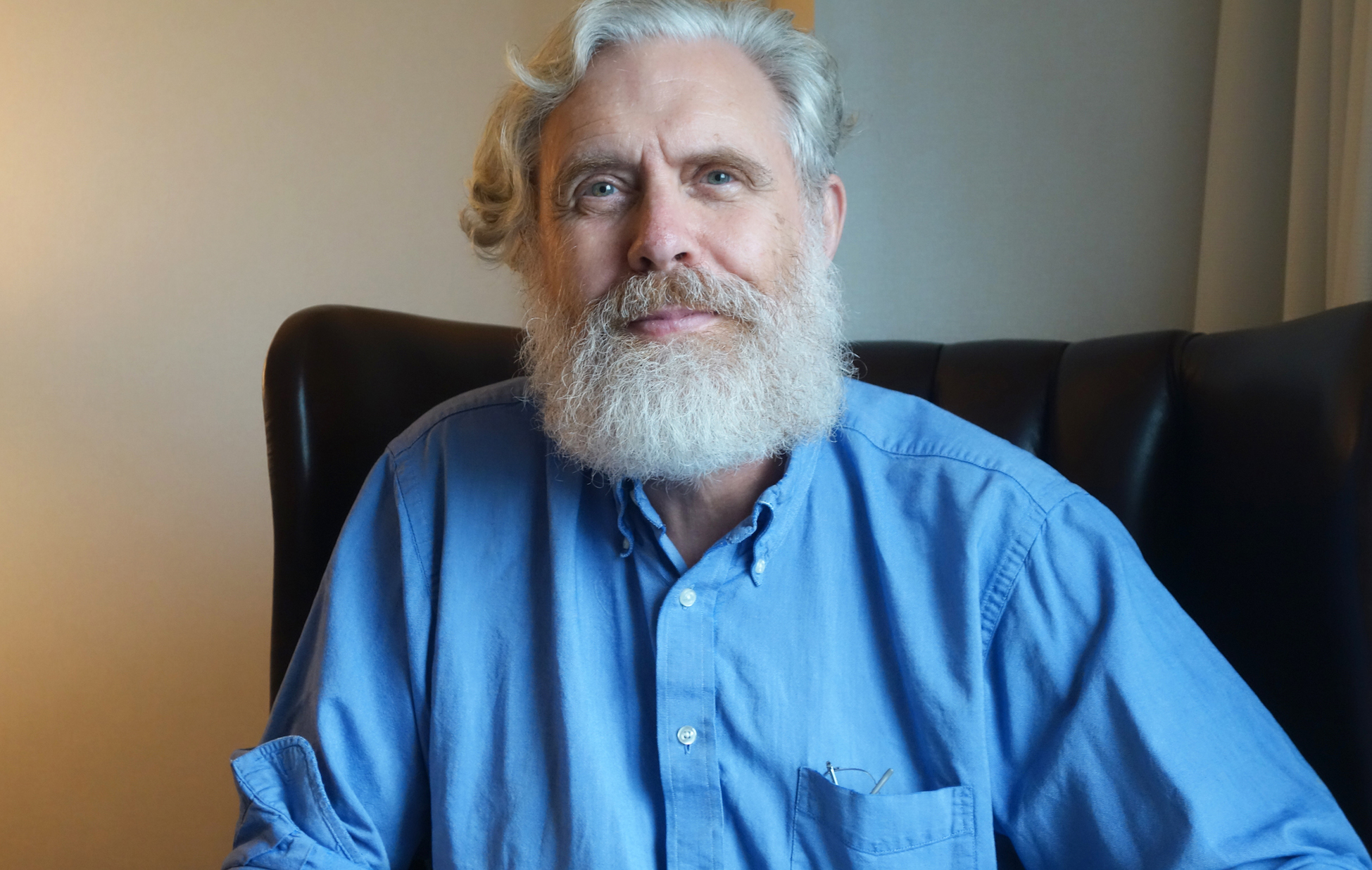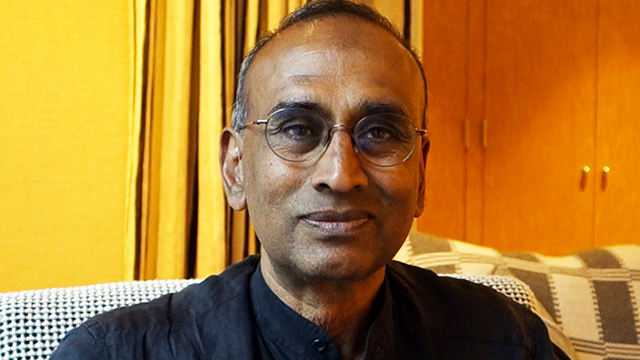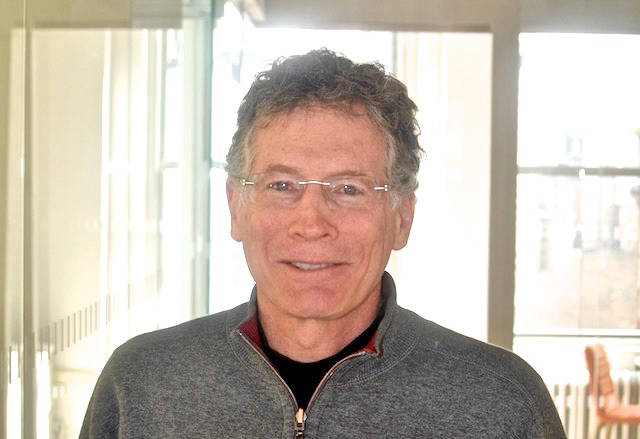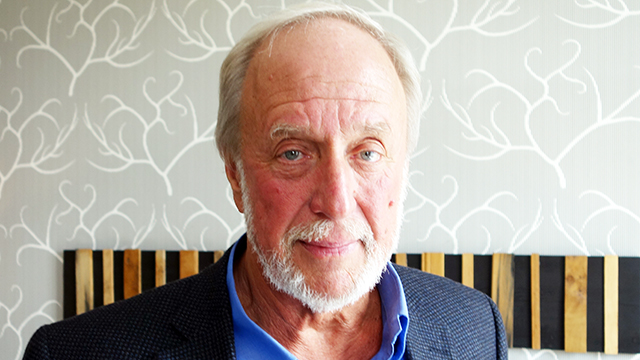
We're now accumulating data at an incredible rate. I mentioned electron microscopy to study the ribosome—each experiment generates several terabytes of data, which is then massaged, analyzed, and reduced, and finally you get a structure. At least in this data analysis, we believe we know what's happening. We know what the programs are doing, we know what the algorithms are, we know how they come up with the result, and so we feel that intellectually we understand the result. What is now happening in a lot of fields is that you have machine learning, where computers are essentially taught to recognize patterns with deep neural networks. They're formulating rules based on patterns. There are are statistical algorithms that allow them to give weights to various things, and eventually they come up with conclusions.
When they come up with these conclusions, we have no idea how; we just know the general process. If there's a relationship, we don't understand that relationship in the same way that we would if we came up with it ourselves or came up with it based on an intellectual algorithm. So we're in a situation where we're asking, how do we understand results that come from this analysis? This is going to happen more and more as datasets get bigger, as we have genome-wide studies, population studies, and all sorts of things.
We're at the threshold of a new age of structural biology, where these things that everybody thought were too difficult and would take decades and decades, are all cracking. Now we're coming to pieces of the cell. The real advance is that you're going to be able to look at all these machines and large molecular complexes inside the cell. It will tell you detailed molecular organization of the cell. That's going to be a big leap, to go from molecules to cells and how cells work.
In almost every disease, there's a fundamental process that's causing the disease, either a breakdown of a process, or a hijacking of a process, or a deregulation of a process. Understanding these processes in the cell in molecular terms will give us all kinds of ways to treat disease. They'll give us new targets for drugs. They'll give us genetic understanding. The impact on medicine is going to be quite profound over the long-term.
VENKATRAMAN "VENKI" RAMAKRISHNAN is a Nobel Prize-winning biologist whose many scientific contributions include his work on the atomic structure of the ribosome. He is Group Leader and Former Deputy Director of the MRC Laboratory of Molecular Biology in Cambridge, and the current President of the Royal Society. Venki Ramakrishnan's Edge Bio Page

